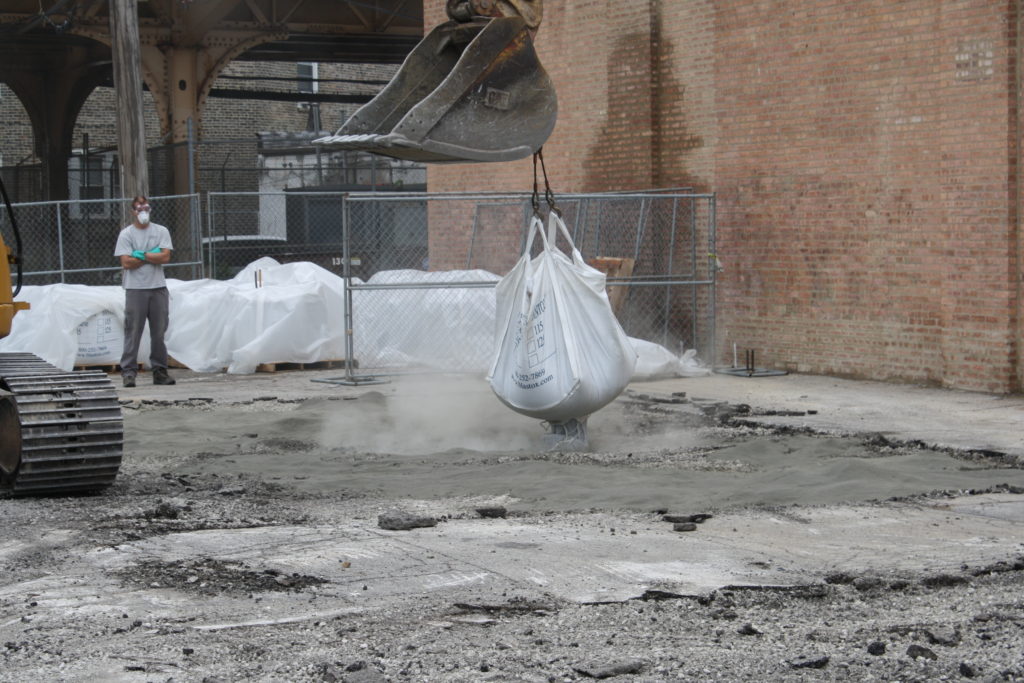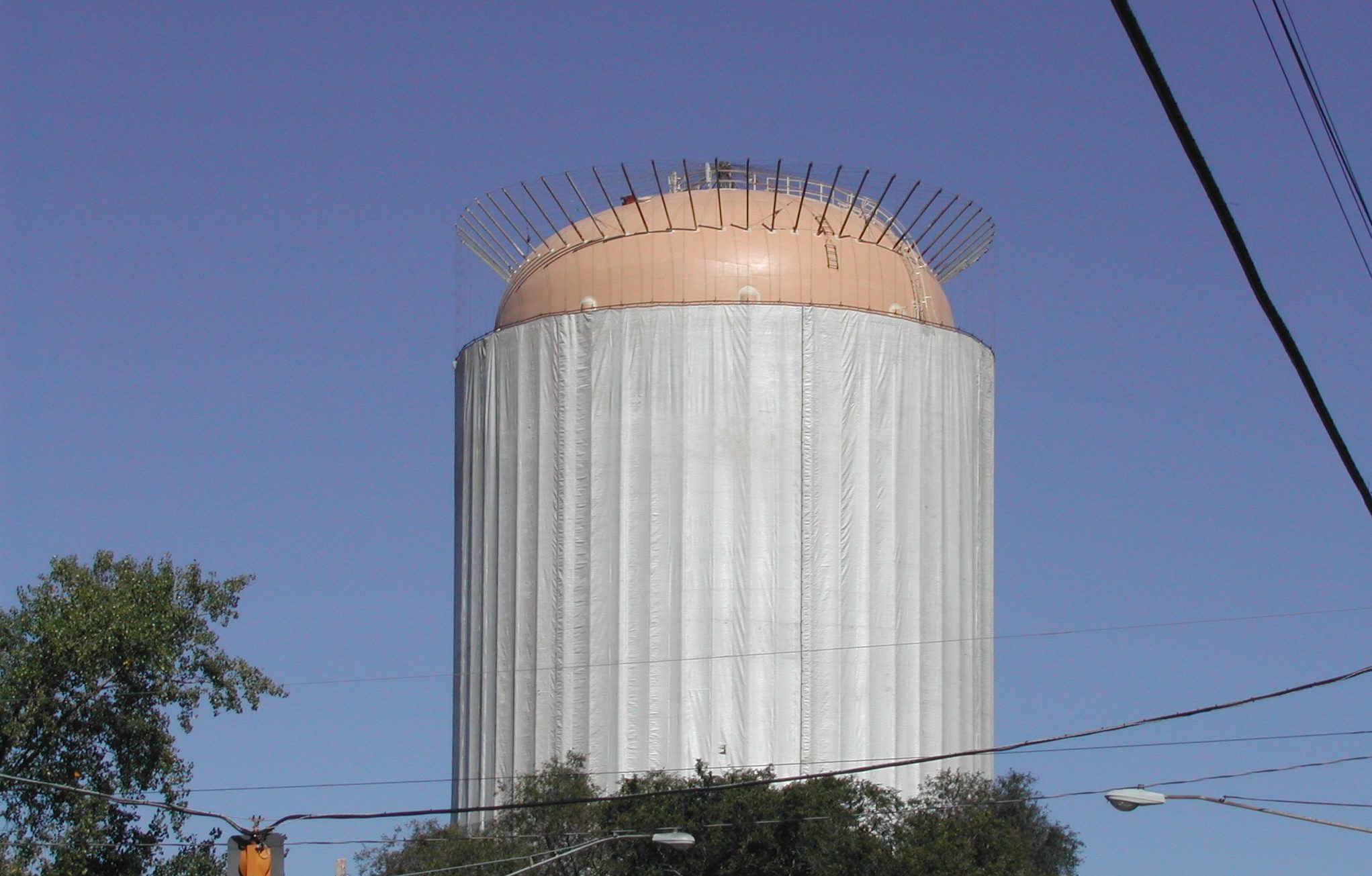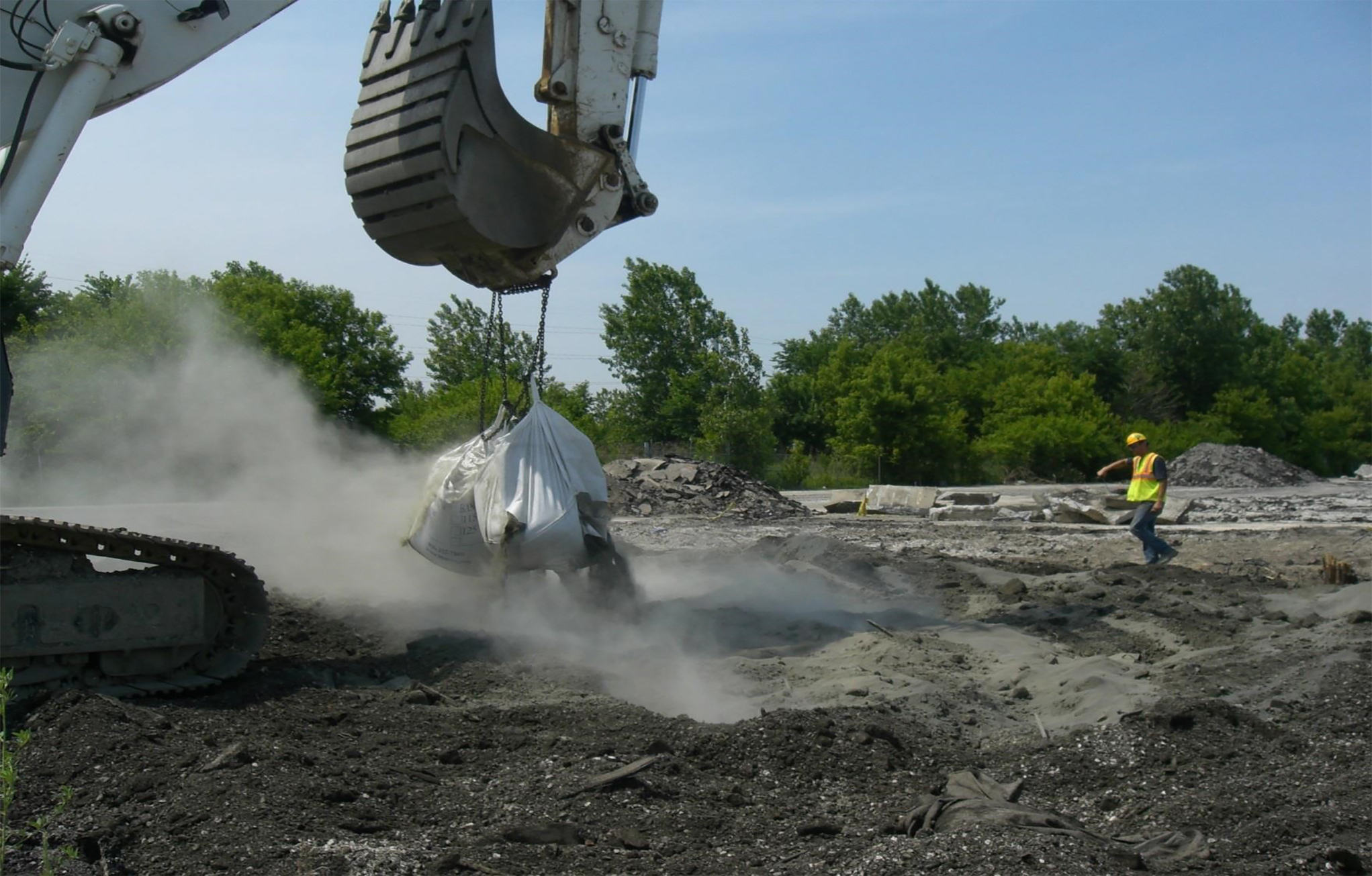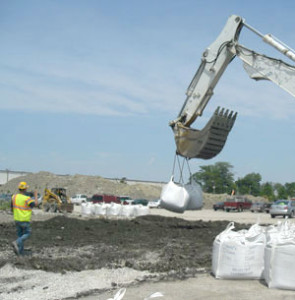Performance Testing Research
When companies select a particular method for stabilizing their industrial hazardous waste, there are many factors considered. These include price, dose rate, product quality & availability, customer service, and of course, performance.
The ultimate measure of performance for a stabilizing agent is not “Will the product allow my waste to comply with the TCLP test?” Rather, the ultimate measure of performance is “Will the product allow my waste to comply with the Toxicity Characteristics Leach Procedure (TCLP) test and provide long-term assurance that the heavy metals remain immobilized?”
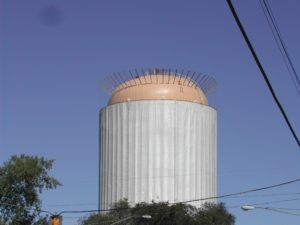
There are products that simply adjust pH (CaO, MgO), allowing your waste to comply with the TCLP. They simply serve to buffer the acid in the testing protocol so that the heavy metals do not leach during the test. The problem is that the pH buffer capacity of these products is reduced over time. Since they only rely on pH and do not offer chemical fixation and micro & macro encapsulation, the heavy metals may leach in the future causing significant environmental damage.
RCRA regulations stipulate that the generators of the waste (facility producing the waste) are forever responsible for their waste and any damage that it may cause. As a result, smart companies look beyond just TCLP compliance and select products that have been independently proven by the EPA’s protocol for demonstrating long-term performance, which is method 1320, Multiple Extraction Procedure (MEP).
To better understand the various testing protocols that are available, including EPA’s long-term stability protocol – TDJ has assembled a comparison document for your convenience.
It’s also important to note that TDJ chemistries (Blastox & Bantox) are calcium silicate based products that EPA defines as Best Demonstrated Available Technologies (BDAT) for stabilizing DOO8 and P + U Lead Waste. These chemistries have been successfully used for years by government and industry for many types of hazardous wastes.
While meeting the EPA definition of a preferred stabilization technology might sound impressive, research by several, highly trained and reputable agencies proving the long-term performance of our chemistries is even more remarkable.
The following research reports provide independent confirmation:
So, don’t just take our word on it, TDJ chemistries meet the definition of US EPA Best Demonstrated Available Technology (BDAT) and have been independently proven to provide long-term performance. The selection of effective heavy metals stabilization chemistries just got easier.
